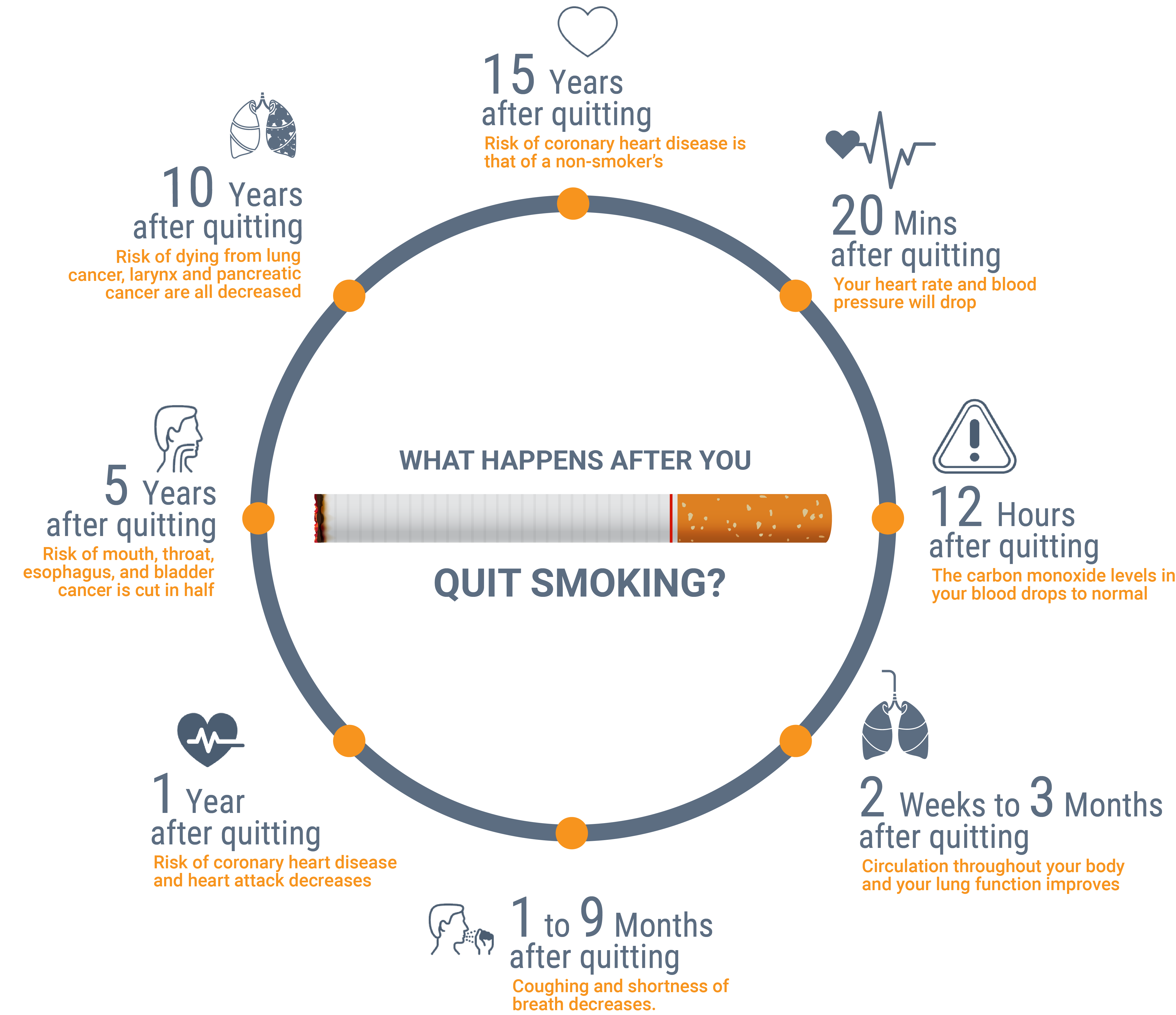Japanese Interval Walking: How to Do It + Why It’s a Game-Changer for Busy Lives
Let’s be honest — life doesn’t slow down for anyone. Between early alarms, work emails, endless errands, and family needs, the idea of fitting in a workout can feel almost laughable. But here’s some good news: you don’t need hours in the gym or expensive equipment to keep your body moving and your health on track.
Enter Japanese Interval Walking — a workout that’s simple, effective, and surprisingly enjoyable. Born out of Japanese research, it’s now gaining attention worldwide for its ability to deliver impressive health benefits in just 30 minutes a day.
And the best part? You can do it anywhere — a park, a quiet street, even the local shopping mall.
So, What Is Japanese Interval Walking?
Think of it as walking with a rhythm — a mix of fast and slow, effort and recovery. You walk briskly for three minutes, then slow it down for another three minutes, repeating this pattern for about 30 minutes in total.
It’s a clever blend of interval training and walking, which means you get the calorie-burning and heart-boosting benefits of a workout, without the pounding impact on your joints. You’re not sprinting or gasping for air — just challenging your body in short bursts and then giving it a breather.
Why Busy People Love It
If your schedule already feels jam-packed, this might just be your perfect match. Here’s why it works so well:
-
Time-Friendly – You can fit it in before breakfast, during a lunch break, or after dinner.
-
No Gym Required – All you need is a safe place to walk and comfortable shoes.
-
Easy to Start – No complicated moves, no learning curve.
-
Adaptable – Works for beginners, seniors, or seasoned exercisers.
This is the kind of workout that slips into your life rather than taking it over.
How to Do It (Step-by-Step)
1. Warm Up (5 Minutes)
Start with a slow, relaxed walk to get your muscles ready. Swing your arms lightly and breathe deeply.
2. Fast Walking (3 Minutes)
Pick up the pace — not a jog, but fast enough that your heart rate rises and conversation takes a little effort. Keep your posture tall and shoulders relaxed.
3. Slow Walking (3 Minutes)
Ease back to a comfortable stroll. Let your breathing return to normal and enjoy the lighter pace.
4. Repeat the Cycle
Do this fast/slow pattern five times to hit the 30-minute mark.
5. Cool Down (5 Minutes)
End with a slow walk, then stretch your calves, hamstrings, and lower back.
The Benefits You’ll Notice (and Feel)
Japanese Interval Walking isn’t just a calorie-burner — it’s a full-body boost.
-
A Happier Heart – Strengthens your cardiovascular system and improves circulation.
-
Healthy Weight Support – Burns more calories than regular walking.
-
Stronger Legs & Core – Works your lower body muscles without strain.
-
Steadier Blood Sugar – Helps regulate glucose levels over time.
-
A Better Mood – Releases feel-good hormones, reduces stress, and clears your head.
-
Joint-Friendly Fitness – A great choice if running feels too hard on your knees or hips.
A Few Tips for Success
Wear supportive shoes to protect your joints.
Hydrate before and after your walk.
Track your walks with a fitness app to stay motivated.
Add music, podcasts, or even walking with a friend to keep it enjoyable.
How Often Should You Walk This Way?
Aim for 3 to 5 times per week. You don’t need to overdo it — the magic is in staying consistent. Even short sessions, done regularly, will improve your energy, mood, and health over time.
A Final Word from Wellness Way
Japanese Interval Walking is proof that fitness doesn’t have to be complicated. It’s accessible, kind to your body, and fits into the life you already have — no drastic changes required.
So next time you have 30 minutes, step outside, feel the ground under your feet, and give your body the gift of movement. You’ll come back feeling lighter, clearer, and more energized — ready to tackle whatever the day throws your way.





0 Comments